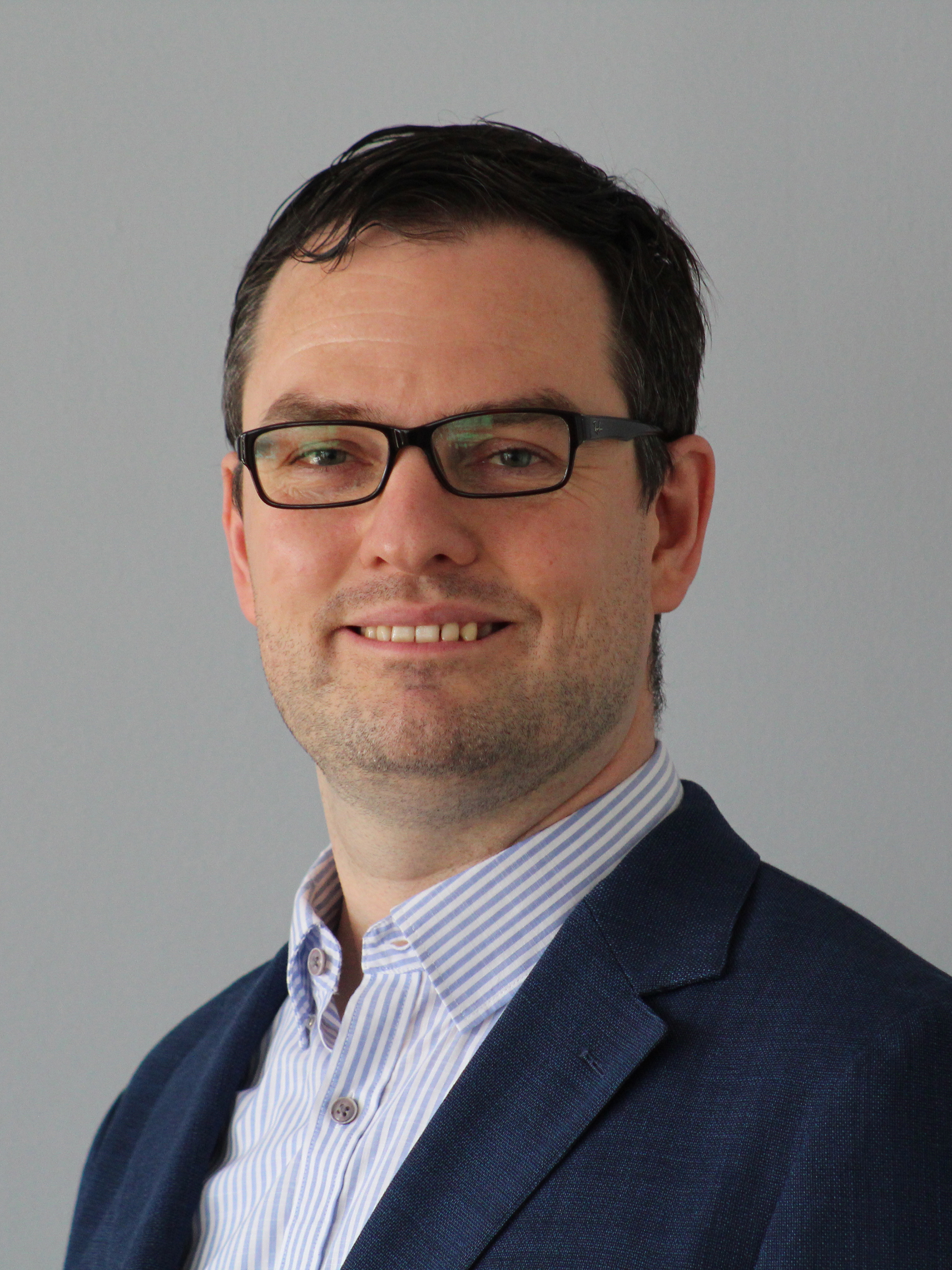KAMIDE LECTURE – AS
|
Malte F. STUECKER University of Hawai‘i |

|
|
Wed-01 Jul | 12:00 – 12:30 |
|
|
“Mechanisms of Regional Climate Change: Demonstrating a Strong Control of Future Equatorial Warming by Off-equatorial Forcing” |
With the Earth warming in response to anthropogenic greenhouse gas forcing, changes in surface temperature and rainfall manifest themselves with characteristic geographical patterns. For instance, land areas warm faster than the oceans and the poles warm faster than the low-latitudes. In addition, numerical climate models with prescribed anthropogenically-driven changes in greenhouse gas concentrations robustly simulate enhanced warming on the equator compared to the adjacent off-equatorial regions. However, the physical processes driving these equatorial patterns of change are still strongly debated. Improved understanding of these is critical, as small deviations from projected surface temperature change patterns can cause large geographical shifts in projected future rainfall patterns. Moreover, the global impacts felt by internal climate variability – such as the El Niño-Southern Oscillation and the Madden-Julian Oscillation – will depend crucially on the climate mean state change pattern that will emerge in the future.
Recently, we combined linear theory with targeted coupled climate model simulations forced by idealized regional radiative perturbations to delineate the relative contributions of local and remote forcings and feedbacks to regional climate change. Within this framework, I will revisit the question of how much different external forcings and feedbacks contribute to the equatorial warming signal that is robustly projected by the current generation of climate models. I will show that off-equatorial radiative forcing and corresponding coupled circulation/cloud adjustments are responsible for a large fraction of equatorial warming in response to global CO2 forcing
For a prescribed equatorial radiative forcing, the atmosphere responds by enhancing atmospheric heat export to the extra-tropics, an associated strengthening of the ascending Hadley circulation branch, and strong negative equatorial cloud feedbacks. These processes together greatly dampen equatorial surface warming. An intensification of the oceanic subtropical cells and increased cold subsurface water upwelling in the eastern tropical Pacific provide an additional negative feedback for surface temperatures. Moreover, it causes zonal asymmetries in tropical Pacific surface temperature change and adjustments of the atmospheric Walker circulation. In contrast, applying off-equatorial forcing, the atmosphere responds by exporting less heat from the tropics, Hadley circulation weakening, and weaker negative equatorial cloud feedbacks. In addition, the subtropical cells slow down in the Pacific Ocean. These processes together result in pronounced equatorial warming despite the absence of local radiative forcing. In summary, we see a delicate balance in the coupled climate system between remote circulation adjustments and regional feedbacks that create the patterns of future climate change.
Biography
Dr. Stuecker is an Assistant Professor in the Department of Oceanography and the International Pacific Research Center (IPRC) at the University of Hawaiʻi at Mānoa since January 2020. He received his PhD in 2015 from the Atmospheric Sciences Department at the same University (advised by Dr. Fei-Fei Jin). From 2016-18, Dr. Stuecker was a NOAA Climate & Global Change postdoctoral fellow at the University of Washington (hosted by Dr. Cecilia Bitz). During 2018-19 he worked as an Assistant Project Leader at the IBS Center for Climate Physics (ICCP) and as a Research Professor at Pusan National University, both in Busan (South Korea).
Dr. Stueckerʻs research focuses on various aspects of internal climate variability and forced climate change in the past, present, and future. During his PhD he worked on the dynamics of El Niño, its interaction with the annual cycle, and their linkage with the East Asian monsoon system. Dr. Stuecker’s recent studies include investigations into the role of trans ocean-basin interactions and their role in the so-called global warming hiatus, as well as into the processes that shape the patterns of polar and tropical climate change. In his research he utilizes observations alongside theory, hierarchies of idealized climate model experiments, high-resolution coupled climate models, and large ensemble simulations.
He received the Outstanding Young Scientist Award of the ”Climate: Past, Present & Future (CL)” Division of the European Geosciences Union (EGU) in 2016 and was a 2018 fellow of the STS (Science and Technology in Society) forum Future Leaders Program.